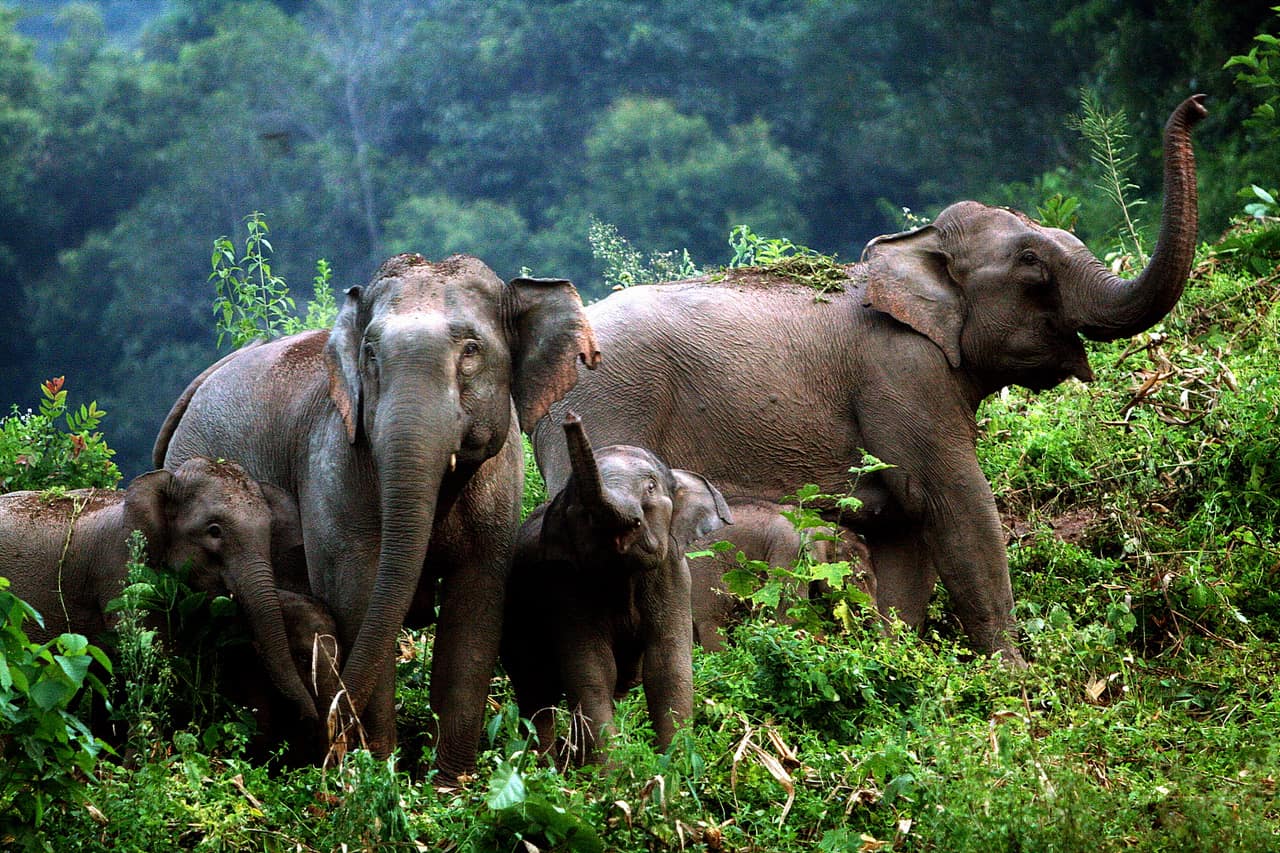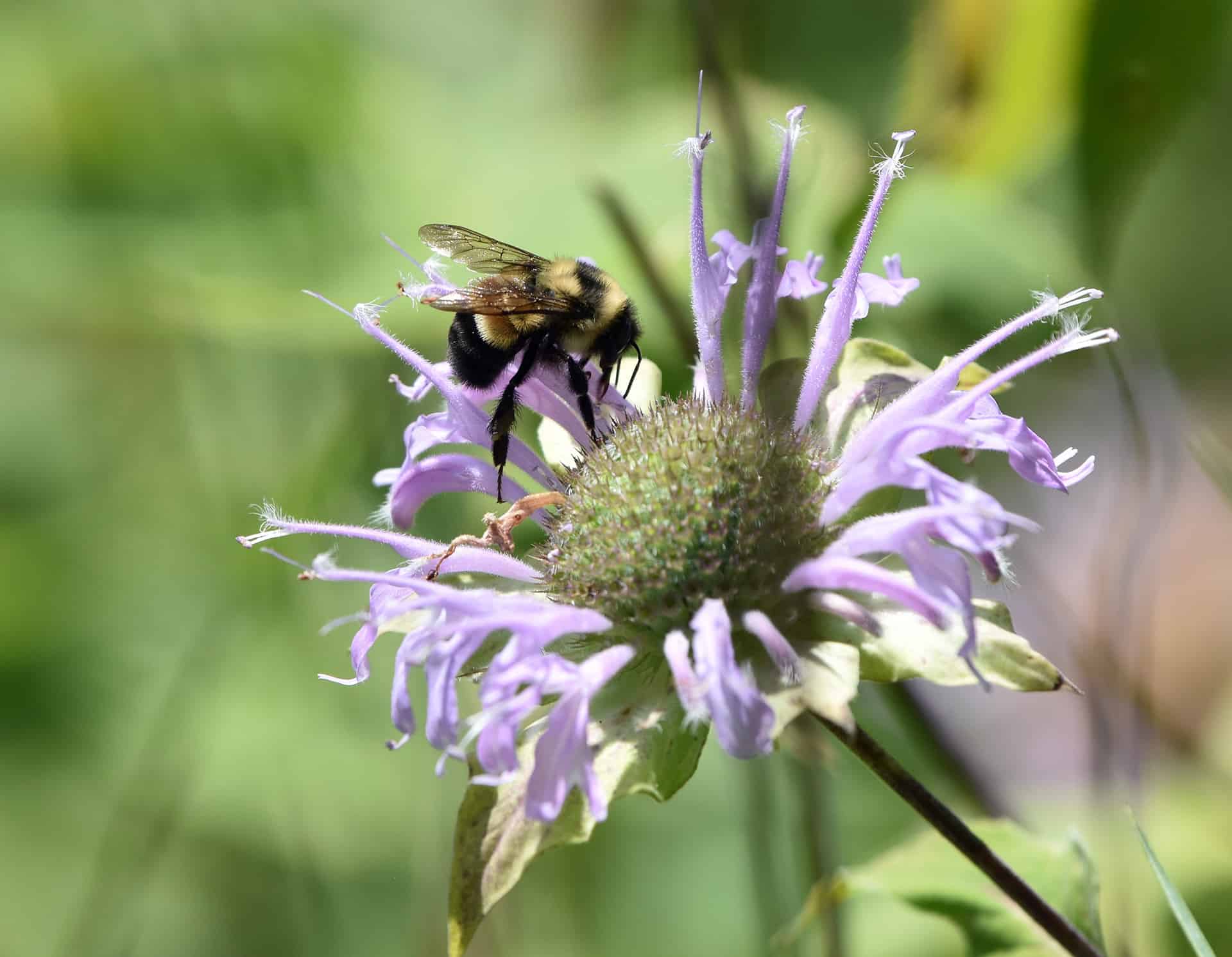Share this article
Wildlife Featured in this article
- Asian elephant
JWM: Corridors could ease elephant conflicts with Chinese farmers
A small elephant population is responsible for big problems
China’s elephant population is small, but it’s responsible for an outsize number of conflicts with farmers who live near them. As elephant numbers grow, researchers are looking for ways to reduce those conflicts.
Only about 300 Asian elephants (Elephas maximus) live in China, across three prefectures near the borders of Myanmar and Laos. In just one of those prefectures—Xishuangbanna—a government program awarded $127 million yuan—or $17.4 million—in compensation to farmers between 2011 and 2020.
“It is a lot of human-elephant conflict,” said Li Zhang, a professor at Beijing Normal University.
In a study published in the Journal of Wildlife Management, Zhang and his team looked at the human-elephant conflict in the area and considered ways to address it.
A big part of the problem is habitat, Zhang said. Since 1976, China’s elephant population has gradually doubled. The government has created reserves, but the native vegetation in those reserves is tropical rainforest, and the surrounding hills are often dominated by tea and rubber plantations. Elephants prefer open areas, Zhang said, like the nearby lands where farmers grow rice, corn and tropical fruits. As a result, about 70% of the country’s elephants are believed to live outside the reserves, where they often wreak havoc on local farms.
“Most of the damages are crops,” Zhang said, but sometimes the damages are more serious. Between 2011 and 2020, elephants killed 35 people and injured 29 people in Xishuangbanna.
The ideal solution may involve several different approaches, Zhang’s team determined.
Improving compensation programs where farmers are paid to restore their land to native vegetation, may help. But they won’t make the problem go away. Another option is improving early-warning systems. The province currently has about 600 infrared-triggered cameras that can alert locals by cell phone that elephants are on the way.
“Local farmers can get a code that calls them to pay attention—an elephant is near your farmland,” Zhang said.
But the most enduring solution would involve creating more habitat for the elephants, he said. That could mean employing compensation programs and creating corridors between reserves, including a new Asian elephant national park proposed for Xishuangbanna.
Other countries that host Asian elephants could consider a similar approach, Zhang said.
“That may be the ultimate solution for mitigating the human-elephant conflict,” he said.
Header Image: Asian elephants in Xishuangbanna Prefecture often create conflicts with farmers. Credit: LUO Aidong








